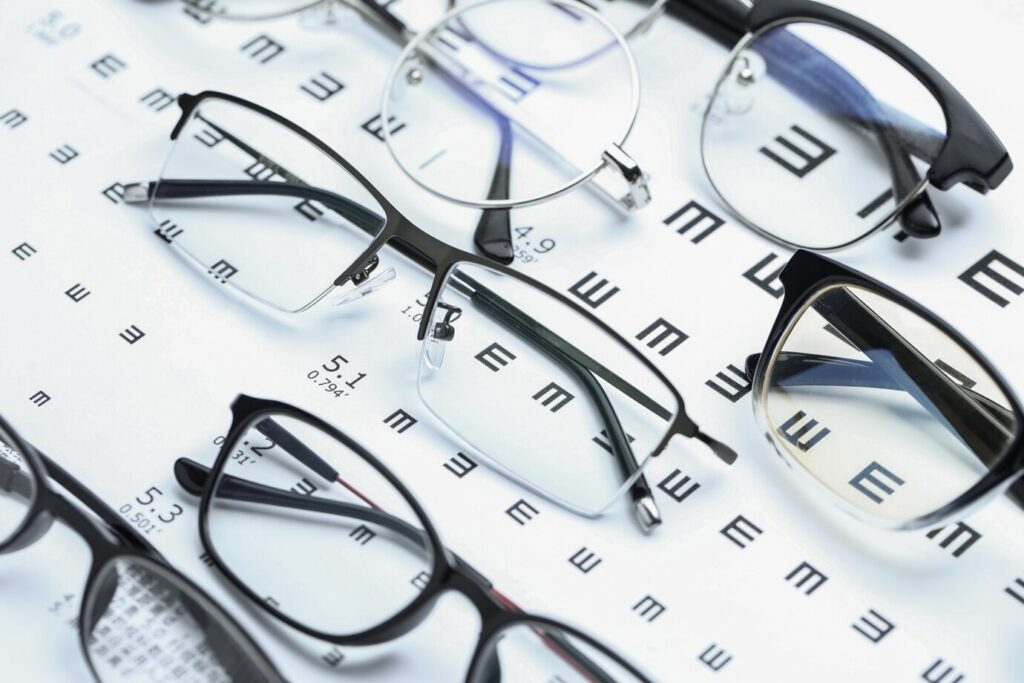Varifocals: Common Problems and Solutions
A varifocal is quite honestly a minefield to understand. With them working, you will be blown away, but with them not working, you will be frustrated to the point of exploding.
It has come to my attention that in the 7 years of experience as a qualified Dispensing Optician, the main reasons why some people don’t get on with varifocals are:-
Design of lenses that are not suitable
A varifocal lens is a type of optical device that comes in thousands of different types, and some of them will suit your needs better than others. In order to optimise your chances of success, I recommend visiting any optician with a lens expert who has the necessary experience and time to carry out all the necessary work for you. Anyone who knows their stuff will be able to get it right if they get to know you as a person and understand your lifestyle and requirements.
Frames that are not properly fitted
In order for lenses and frames to work at all, they must work together. The most technologically advanced varifocal frames in the world will not give you the quality vision you deserve if they have not been fitted to you or do not fit well.
Measuring errors
Although a one-size-fits-all solution may work for some, it will not be appropriate for everyone. In case your ideal point of vision is not accurately measured, you won’t see through your varifocals at the correct point. It is not uncommon for people to make mistakes, but unfortunately, not everyone wants to correct them.
Incorrect prescriptions
In reality, varifocal problems are rarely due to the prescription, but rather to lack of communication. If you are educated about what you are getting, how it works, and what to expect, chances are you will be fine.
Overall, the best varifocals tend to have the highest prices. It is a well-known saying that one gets what they pay for. If you wish to keep your expenditure to a minimum, Asda Opticians provides excellent value. You can also order from many online companies if you would like to take care of everything yourself. Our eyewear will always be more expensive than any low-cost high-output operation because we only offer quality defined niches and bespoke eyewear.
If you have not previously taken varifocals, it does not imply that you will never take them. If you are not completely satisfied with your varifocals, you should be able to return them to your optician if they offer a non-tolerance guarantee. I am looking forward to starting your varifocal journey with you if that is us you would like!
Varifocal Glasses: Their Disadvantages
There are also some disadvantages associated with varifocal glasses, so it is important that you consider them before making your purchase.
Compared to bifocal glasses, varifocal glasses are more expensive. The advanced technology involved in varifocal lenses results in higher production costs. Additionally, you should take into account the fact that not all varifocal glasses are of the same quality. If you purchase low quality varifocal glasses, your peripheral vision may become blurred.
It is also important to note that varifocal lenses may not provide you with a wide enough field of vision. This may lead to a poor quality of vision in the peripheral areas. However, with high-tech progressive lenses available on the market, you can rest assured that your vision will be higher quality.
Additionally, it can take quite a while for people to adjust to varifocal glasses as they may suffer from headaches or eye strain during this period.
How to get used to wearing varifocal glasses
These tips will assist you in becoming accustomed to varifocal glasses.
To begin with, move your head directly towards an object, rather than looking at it with your eyes.
To allow your eyes to adjust to your new varifocals properly, you should refrain from using your old glasses after receiving a new pair.
Frequently encountered problems with varifocal glasses
When using varifocal glasses, the most common problem is blurry vision. When shifting between near and middle distance focus quickly, such as climbing stairs, people typically experience headaches and dizziness.
As a result of paying close attention to the distortions in your peripheral vision and the reading portion of the lenses, some individuals report experiencing a sensation of “swimming” while walking.
The best way to compensate for this is either to keep your head up as you walk or to keep your gaze downward at all times. You may also experience soft focus at the edges of your lenses and need to move your head more so you can see nearby objects clearly.
















